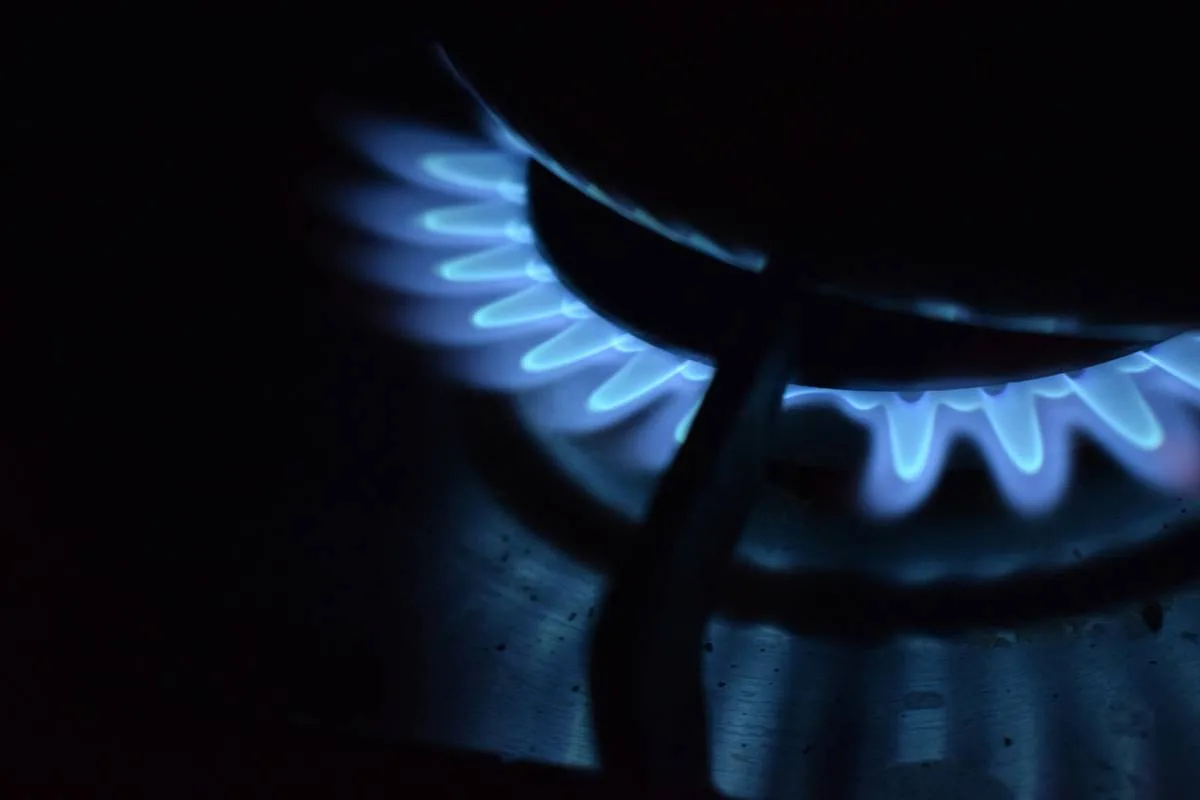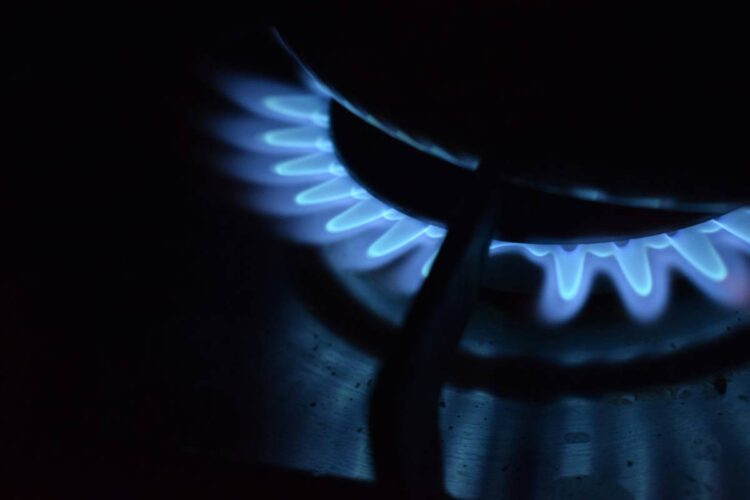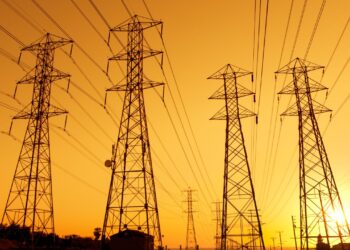As part of the conditions of the International Monetary Fund’s (IMF) $3 billion loan program, the government is preparing for a significant increase in gas prices which are estimated around 41% by mid February. This choice to counteract the growing circular debt is likely to create another wave of inflation in an already price-sensitive market.

The IMF contends that the increase of gas prices is a necessary measure to combat the growing circular debt which stood at Rs 2.1 trillion by the end-April 2023, constituting 2.5% to GDP, with an annual growth rate of around 28%. The gas distribution companies, such as SNGPL and SSGC, are anticipated to increase their prices by 41% and by 15%, respectively.
It is estimated that the average gas prices for SNGPL and SSGC could be Rs 1,753 per unit and Rs 1,696 per unit respectively. The proposed price increase is designed to help these companies recover from the lost revenue shortfalls, specifically through the raising of additional revenues due to the tariff increases on domestically produced and imported RLNG (re-gasified liquefied natural gas).
In response to the upcoming surge, the government has allocated Rs 310 billion for FY24 to pay off the circular debt in the government-owned power plants and independent power producers. This injection of funds should also have a positive impact on the cash flows of the gas distribution companies and it will contribute to infrastructure investments, which will reduce the losses.
The analysts stress the positive role of timely gas price revisions for the entities, such as Pakistan State Oil (PSO) and OGDCL, that improve liquidity and help to clear outstanding dues.
With the circular debt standing at Rs 2.5 trillion in September 2023, the latest CDMP for FY24 seeks to stop the further growth of the circular debt. It focuses on many reforms including price rationalization, commercial management of DISCOs, capacity payments reduction and also increasing the renewable energy capacity.
In its part, the IMF recommends a uniform gas price for most consumers, suggesting that the cross-subsidy formulas should be eliminated. The potential gas price increase may have different implications across the consumer sectors and will affect domestic, commercial, as well as industrial users differently due to the existing subsidy structures.




















